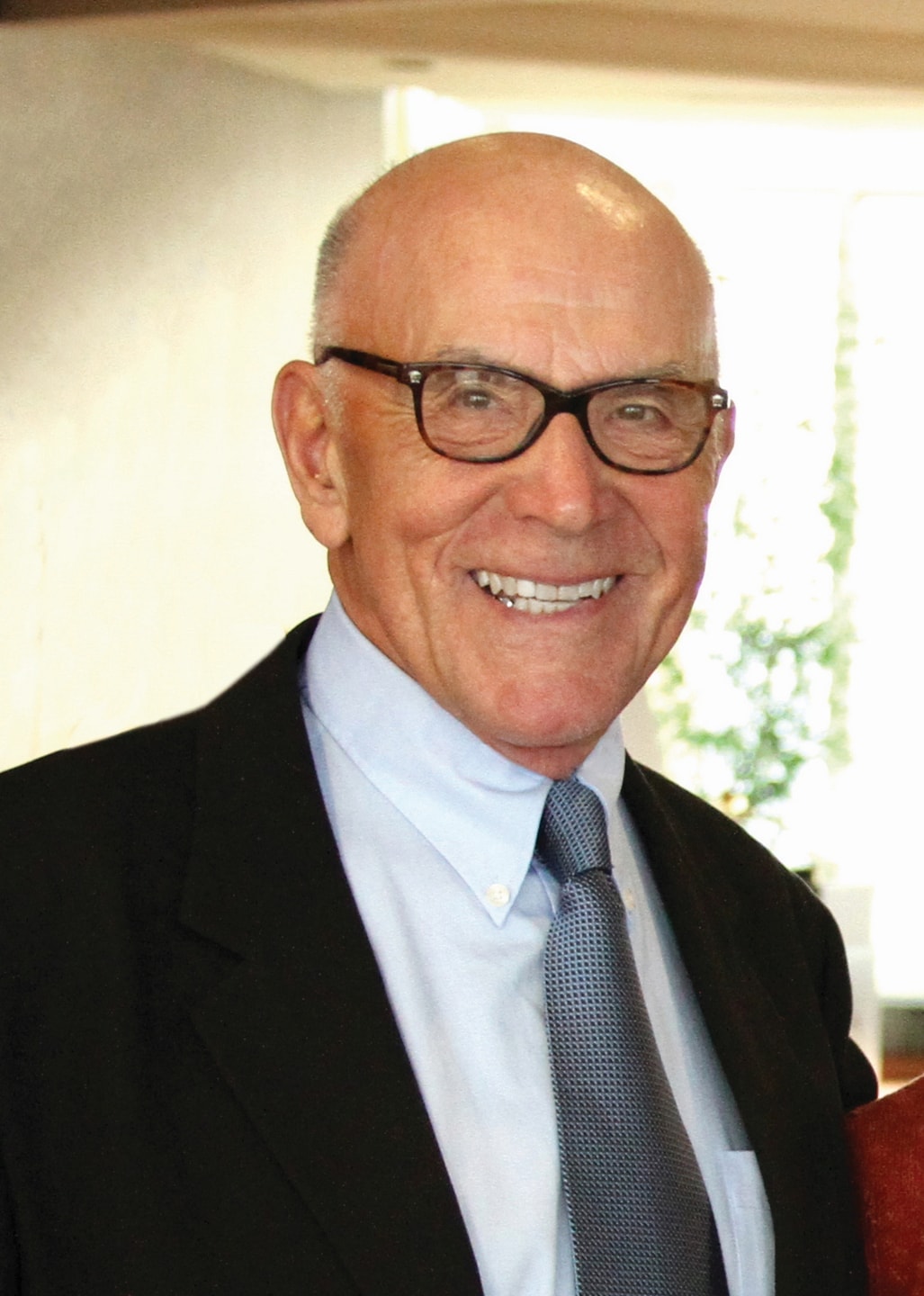Soon after the turn of the last century, the unit you see here emerged as the Cadillac of dental units (or, perhaps more accurately, the Duesenberg of its era). The brand carried a name that sounded modern for its time: ElectroDental.
It contained a warm-air syringe, a cold-air syringe, a cold-air cut-off (for attachment of a spray bottle), an electric cautery and a little electric flashlight that could be used to illuminate the inside of the mouth. The drill was a separate low-speed cable engine that hung on the wall next to the chair. The operatory light was called a cluster light: four frosted-glass globes that hung from the ceiling on a pulley that could be raised and lowered.
There’s a fun back story to this unit. At the beginning of my dental sales career a half-century ago, I called on a dentist in the twilight of his career. Surely in his late seventies, he had started using this unit sometime a little before World War I, and he practiced with his original equipment until the day he died.

Larry Cohen, Benco Dental Chairman and Chief Customer Advocate, has over the past half-century collected hundreds of unique dental artifacts, which reside at Benco’s world headquarters in Pittston, Pennsylvania.
This gentleman shared an office with his dentist brother, a relative youth in his late sixties. For their entire dental career, each brother had practiced in one operatory, at the same eastern Pennsylvania location, and shared a common waiting room. Both of them worked alone without a dental assistant. Each answered his own phone, booked his own appointments and called his patients into his operatory from the same waiting room.
And they had not spoken a word to each other in about 40 years!
I very much enjoyed my monthly calls on these characters, with whom I would freely talk, even as they refused to address each other. Slowly, the story behind their four-decade feud emerged.
On almost every visit, the curmudgeonly older brother would whisper the exact same words: “You know that equipment in my brother’s office? I bought that for him. And you know what he paid me? Sasparilla!”
One day, I came in to find the older fellow gleeful: “His X-ray is broken!What’s he gonna do now?”
He then repeated his mantra: “You know that equipment in my brother’s office? I bought that for him. And you know what he paid me? Sasparilla!”
The broken X-ray was one of those old Ritter boxes with the exposed overhead wire. There was no way Benco would attempt to fix it, and the younger brother, already past standard retirement age, would not consider investing in a new machine. We eventually found an old, coral-colored floor-model Weber X-ray, which our service people were planning to junk. This big clunker would look ridiculous in the younger brother’s operatory alongside the original mahogany gear that this brother was still using. No matter — I made little brother very happy by offering it to him for free.
On my next visit, the older brother greeted me with the same line: “His X-ray is broken! What’s he gonna do now? You know that equipment in my brother’s office? I bought that for him. And you know what he paid me? Sasparilla!”
I informed him that his brother was getting a replacement X-ray the following week. Then I whispered a most audacious follow-up line — it just popped out: “Oh, by the way, your brother told me to send you the bill, since you always pay for his equipment.”
They don’t make ’em like they used to: Soft drinks. X-rays. Or dentists.


